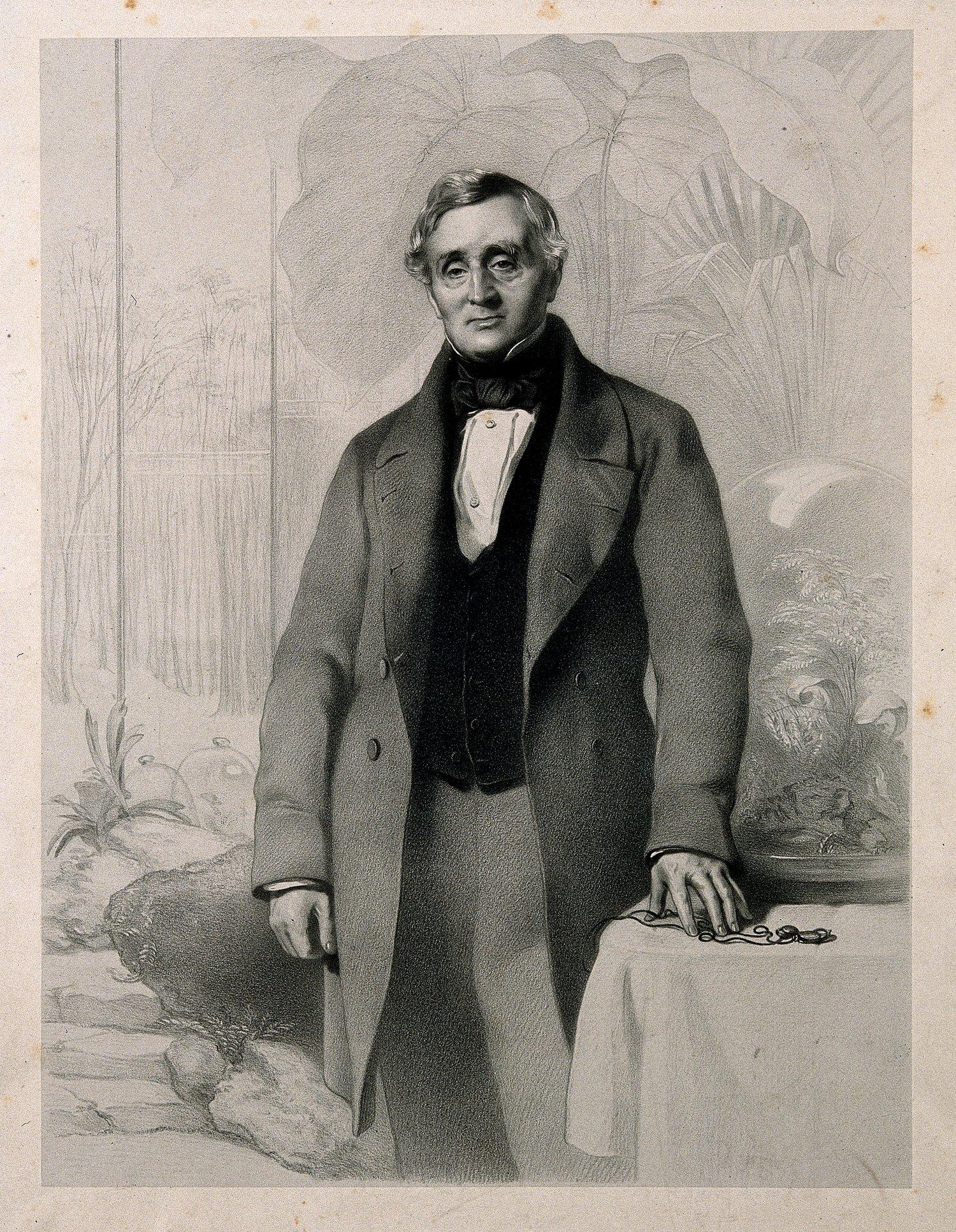If your plant’s roots are circling and trying to escape through the holes in the bottom of the plastic pot… take the hint! Roots should be within the soil, not surrounding it or coming out of the top of the soil; your plant has outgrown its home and is ready to upsize into a bigger pot with some fresh new compost.
Be warned repotting into a massive pot can cause shock. As a rule plant in a pot that’s maybe just a couple of fingers bigger than the one, you’ve currently got.
To repot, spread your fingers around the top of the plant, before tipping it over and cradling the crown of the plant in your hand.
Try to keep as much of the old soil as possible; some soil will fall away, so it is a good idea to put some newspaper down.
Gently tease out the roots by squeezing the plastic pot.
Put about 5cm of compost in the pot that you're moving the plant into.
Pop the plant into the new pot. You’ll notice a gap of a few centimetres between the brim of the new pot and the crown of the old one.
It’s now a case of filling up the gaps with new compost and patting down.
Give it a huge drink, allowing water to start running out of the holes in the bottom of the plant’s pot. It's important not to let your newly potted plant sits in that runoff.
This plant is going to get a hit of nutrients from the new soil, meaning you won’t need to feed it for a while.
Spring & summer is the best time to repot your plants because that's when they’ll sprout the newest growth.



